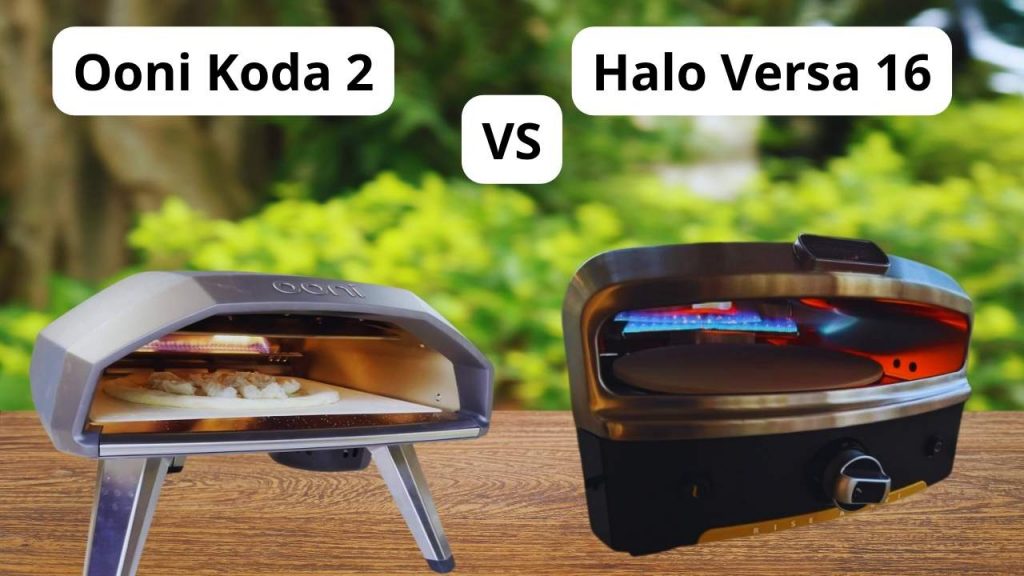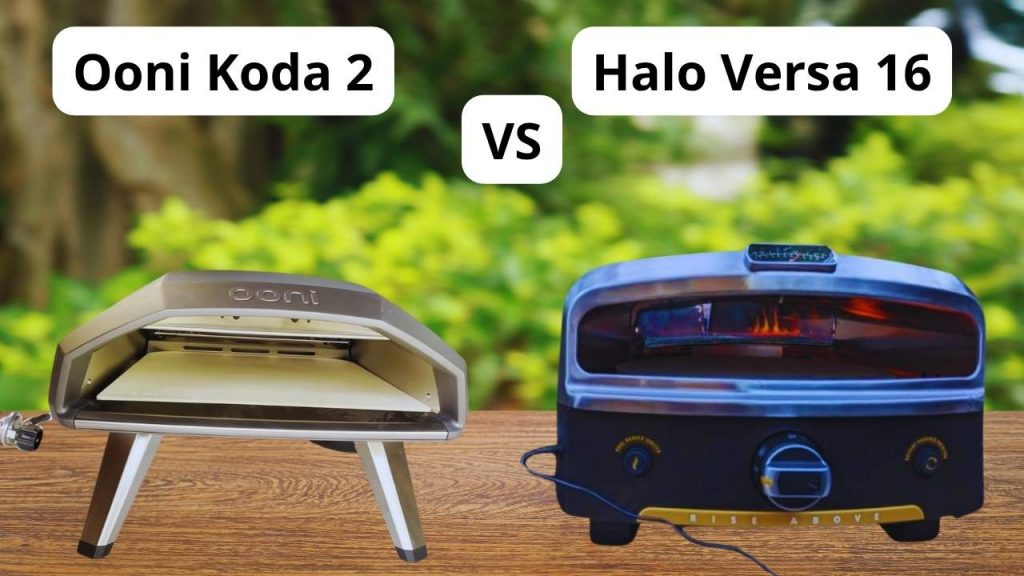As a restaurant chef with over 10 years of hands-on experience at Dequte Restaurant LironBoylston, I’ve worked with a wide range of pizza ovens in both professional and home settings. In this review, I’ll be comparing two standout models I’ve personally tested in my kitchen—the Ooni Koda 2 and the Halo Versa 16. I evaluated them across critical factors such as build quality, temperature control, oven shape, ease of setup, power source, overall size, cleaning effort, and of course, a real-world pizza cooking test to see how quickly they heat up and how well they cook.
If you’re curious about how I run these tests and why my reviews are different from the usual surface-level takes, check out my dedicated article: How We Test Pizza Ovens.
The Ooni Koda 2 is Ooni’s latest gas-powered release, featuring advanced G2 Gas Technology™ and precision-focused features for reliable, high-heat cooking.
The Halo Versa 16 stands out with its rotating stone and dual burner system, built for achieving even bakes with minimal manual effort—especially attractive for tech-forward home cooks.
This article features a thorough comparison between the Ooni Koda 2 and the Halo Versa 16 based on my personal tests.
Just a quick note: this article includes referral links. If you decide to buy either of these ovens, using my links is a great way to support the blog. I earn a small commission at no extra cost to you, and it helps me keep bringing honest, hands-on reviews like this one.
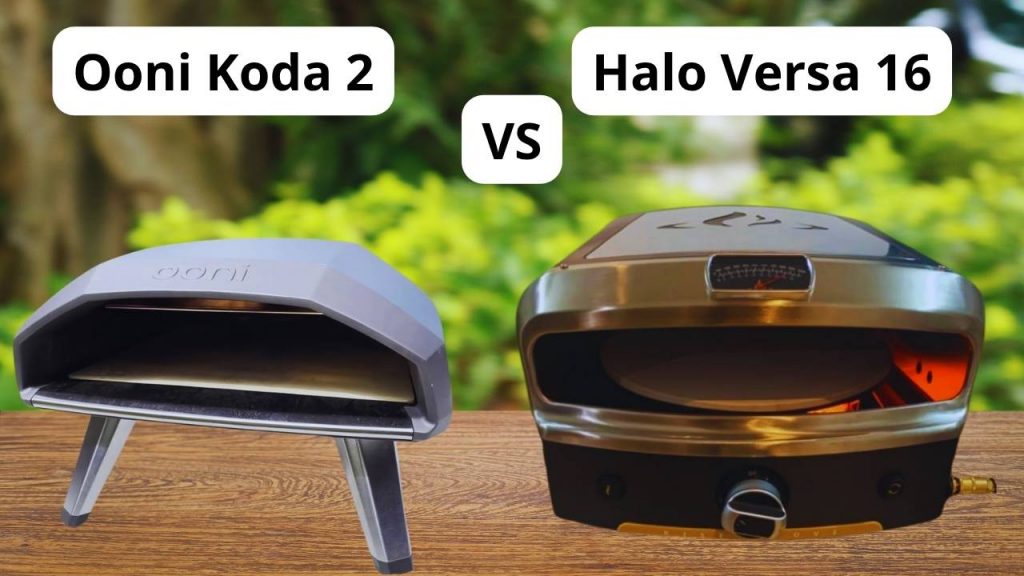
Ooni Koda 2 VS Halo Versa 16: Quality and Materials
| The Ooni Koda 2 is built with a sleek die-cast aluminum body and a 50% thicker cordierite pizza stone, offering exceptional durability and heat retention. |
The Halo Versa 16 features high-quality, robust materials and a sturdy design, making it a long-lasting option even in semi-professional or heavy home use.
|
Ooni Koda 2 VS Halo Versa 16: Temperature Control
| With its G2 Gas Technology™, the Ooni Koda 2 reaches 950°F in just 15 minutes and maintains consistent, even heat across the stone with minimal hot spots. |
The Halo Versa 16 features a dual burner system and rotating stone, but real-world tests showed uneven top and bottom heat. Reached around 732°F in 20 minutes.
|
Ooni Koda 2 VS Halo Versa 16: Shape
| The Ooni Koda 2 has a compact, rectangular shape designed to seal heat efficiently and promote even flame coverage from its tapered burner. |
The Halo Versa 16 has a more open, circular shape and rotating stone, great for large pizzas but slightly less optimized for concentrated heat circulation.
|
Ooni Koda 2 VS Halo Versa 16: First-Time Usage Impressions
| Unboxing the Ooni Koda 2 feels premium. Setup takes 10 minutes, and everything is intuitive—even for beginners. |
The Halo Versa 16 requires a bit more assembly (about 20 minutes), but the quick start guide is helpful. Initial seasoning is important before first use.
|
Ooni Koda 2 VS Halo Versa 16: Power Source
| The Ooni Koda 2 is propane-only, offering plug-and-play simplicity, which ensures clean, precise, and consistent performance every time. |
The Halo Versa 16 also runs on propane and supports both 1 lb. and 20 lb. tanks. Includes quick-disconnect adapters for convenient fuel switching.
|
Ooni Koda 2 VS Halo Versa 16: Size
| Weighing 35 lbs with a 14″ cooking stone, the Ooni Koda 2 is still highly portable and compact enough for patios and outdoor kitchens. |
The Halo Versa 16 is larger at 43 lbs and features a rotating 16″ stone. Offers great space, but is slightly bulkier for transport and storage.
|
Ooni Koda 2 VS Halo Versa 16: Ease of Cleaning
| The Ooni Koda 2 features pyrolytic cleaning—burning off residue at high heat. No ash, no disassembly—just wipe and go. |
The Halo Versa 16 has a hinged lid for easier access and a crumb tray underneath, but cleaning the stone requires manual scraping. No ash, but more steps involved.
|
Pizza Cooking Test
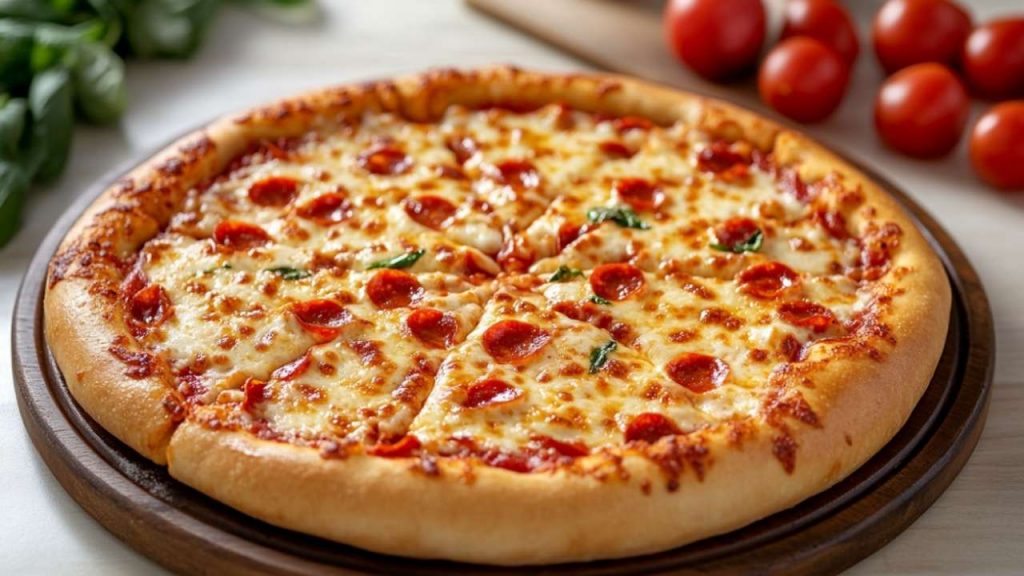
To evaluate both ovens under real conditions, I used the same Neapolitan-style Margherita recipe in each. The Ooni Koda 2 heated up impressively fast—just 15 minutes to reach 950°F on the stone. It was immediately ready to cook. In contrast, the Halo Versa 16 took longer than advertised. Although Halo claims it can hit 950°F in 12 minutes, during my test it reached about 732°F in 20 minutes, based on infrared readings.
Cooking performance told a similar story. The Ooni Koda 2 cooked a 14-inch Margherita in exactly 60 seconds. The crust came out blistered and airy, the cheese was melted evenly, and the pizza looked and tasted just like one from a professional wood-fired oven—without the wood. With the Halo Versa 16, my first attempt at a 16-inch Margherita showed that the bottom cooked faster than the top. While the rotating stone helped prevent burning, I had to lift the pizza higher in the oven to finish the top evenly. After a small learning curve, my second pizza came out well—crispy base, well-melted cheese—but it took closer to 2 minutes to get that result.
Both ovens can produce excellent pizzas, but the Ooni Koda 2 delivered faster, more consistent results right out of the box. The Halo Versa 16 offered great flavor and a bit more capacity, but needed a bit more attention and adjustment to get it just right.
How We Tested
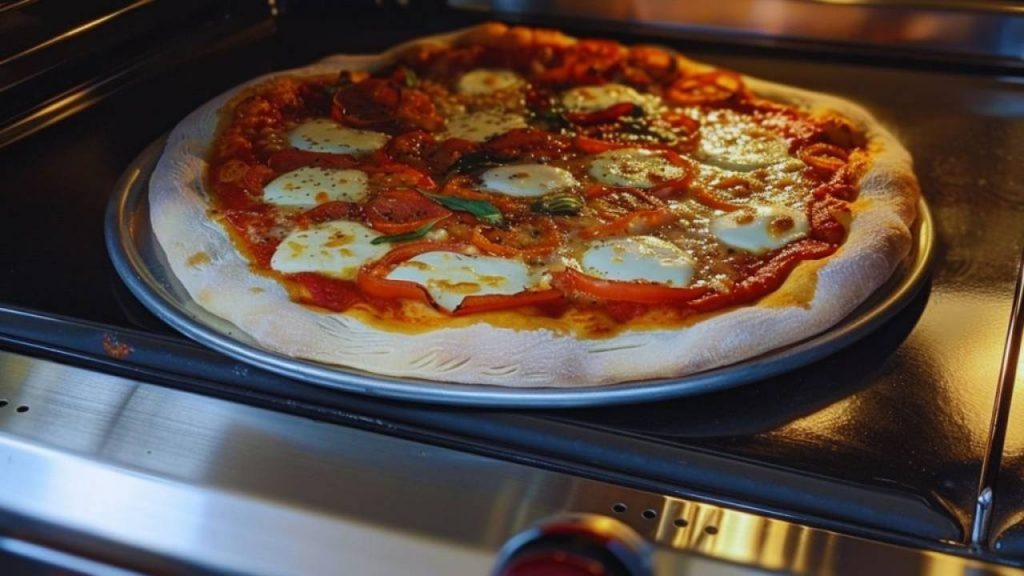
To keep the comparison between the Ooni Koda 2 and the Halo Versa 16 fair and practical, I used both ovens under the same conditions, right in my professional test kitchen at Dequte Restaurant LironBoylston. I prepared identical Margherita pizzas using the same dough batch, sauce, and toppings for each oven. My goal was to evaluate how consistently each oven handles heat, how evenly it cooks, and how it performs across multiple sessions—not just one perfect cook.
For both ovens, I measured preheat times using an infrared thermometer to check when the stone reached cooking temperature. I ran multiple pizza sessions back-to-back to test heat retention and recovery time. I also noted how long it took to assemble and set up each oven, how intuitive the controls were, and how much manual adjustment was needed during the cook.
Finally, I evaluated taste, texture, crust blistering, cheese melt, and ease of operation. If you’re interested in the step-by-step process I follow when testing pizza ovens—including how I test stone temperatures, fuel usage, and consistency—you can read the full breakdown in my article: How I Test Pizza Ovens.
Final Verdict
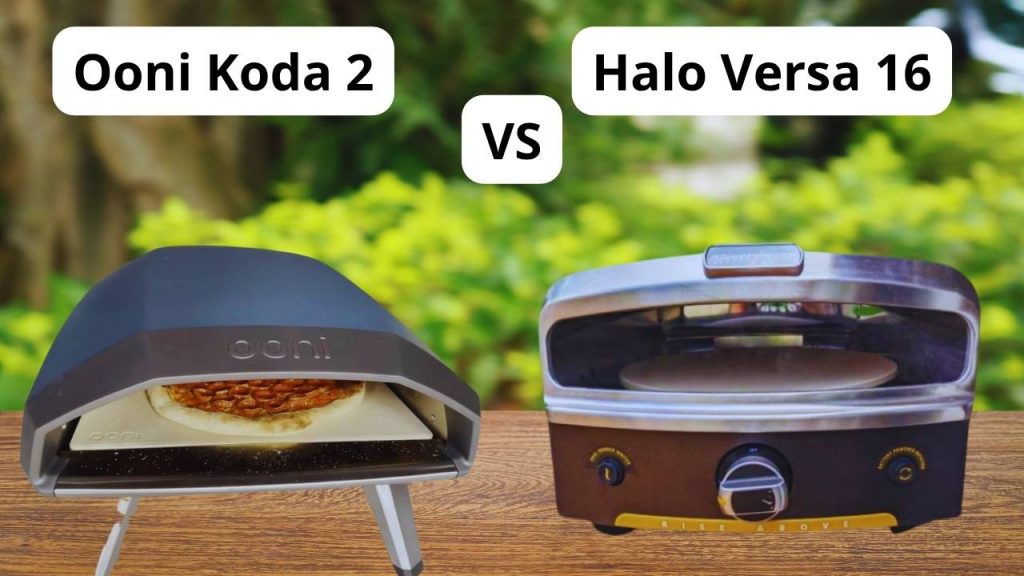
At the end of the day, choosing between the Ooni Koda 2 and the Halo Versa 16 really comes down to your personal cooking style. If you want a fast, reliable, and professional-grade pizza oven that delivers consistent results with minimal effort, the Ooni Koda 2 is a clear winner. Its precision, speed, and build quality impressed me enough to rank it #1 on my 2025 best pizza ovens list.
That said, the Halo Versa 16 holds its own with some innovative features—like the rotating stone and dual-burner system—that can really shine once you get used to them. It’s a solid pick for those who want more hands-on control and appreciate flexibility in pizza size and setup.
Whichever oven you decide to go with, I truly appreciate your support if you use my referral links when making a purchase. It helps me keep this blog alive and testing new gear—at absolutely no extra cost to you:
Thanks for reading, and happy pizza making!


